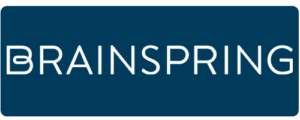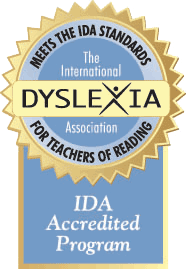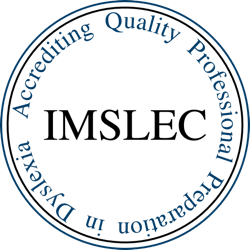A Clinician’s Perspective on Orton-Gillingham Instruction
Posted by Guest Blogger on 10th Apr 2019
This week we feature guest contributor Sarah Murray, Ph.D. Sarah is a licensed Clinical Psychologist and Neuropsychologist whose practice is based in Southfield, Michigan. This week, Sarah takes a clinician’s perspective on the importance of Orton-Gillingham instruction for individuals with dyslexia or who struggle to read.

As a neuropsychologist, I frequently help parents with next steps after their children have been diagnosed with dyslexia. Dyslexic learners learn best with specific and targeted evidenced-based methods; methods that speak to their strengths and minimize their weaknesses. There are reading instructions that exist and are scientifically proven to successfully develop the reader within the struggling learner. The most effective and well-established of these approaches is the Orton-Gillingham method. In those with dyslexia, efficiency is greatly reduced when it comes to reading. So, despite repeated exposure to the same words, the extra effort continues to be needed in order to process these words.
A Deeper Look
Getting technical, research has found that people with dyslexia have less gray matter in the left parietotemporal area. Having less gray matter in this region of the brain leads to problems processing the sound structure of language (phonological awareness). Many with dyslexia also have less white matter in this same area; the more white matter is correlated with increased reading skills. Having less white matter may speak to the weakness inefficiency of brain regions to communicate with one another.
Research also tells us that disruption in the areas of the brain that lends itself to fluent reading leads dyslexic readers to attempt and compensate by using other, less efficient systems. This finding may help explain why dyslexic readers who are able to bypass and look like “accurate readers” continually experience reading as slow and labored within grade-level text.
Multisensory methodologies like the Orton-Gillingham method have been confirmed in the research as the best approach for teaching the dyslexic student. Reading involves many senses including seeing, hearing, as well as focusing attention. The multisensory Orton-Gillingham approach works to make the reading pathways more efficient for the struggling reader. Rather than laboriously attempting to get a dyslexic student to learn to recognize whole words, the Orton-Gillingham method pulls in many pathways for learning to overcome the inefficiency a dyslexic student presents with in terms of encoding the symbol system of reading. While they are building words, they are also directly instructed on the close link between what they hear, see, and feel.
When is the Best Time to Start Remediation?
While it is never too late to start remediation for the dyslexic student, beginning soon after the diagnosis is best. Furthermore, the brains of children less than ten years of age are most plastic and thus easiest to change and remediate. Therefore, early detection and diagnosis are beneficial. It is my opinion that the Orton-Gillingham method should be the approach to teaching all students to read. Because typical learners can learn to read under a variety of methods, and dyslexic learners learn best from the Orton-Gillingham approach, it only makes sense that this be the approach that is utilized to teach our children to read.
In this regard, typical learners (80% of students) and dyslexic learners (20% of students) will benefit from this type of reading instruction, leading to 100% success in the classroom. Until we have reached that point however, research confirms that this approach should be obtained for the dyslexic learner, even if this occurs outside of the classroom. Because we have an approach that works, and it works best early on if you suspect your child may have dyslexia, seeking an evaluation and early remediation paves the way for success.
Written by Sarah Murray, Ph.D.
Licensed Clinical Psychologist, Neuropsychologist




